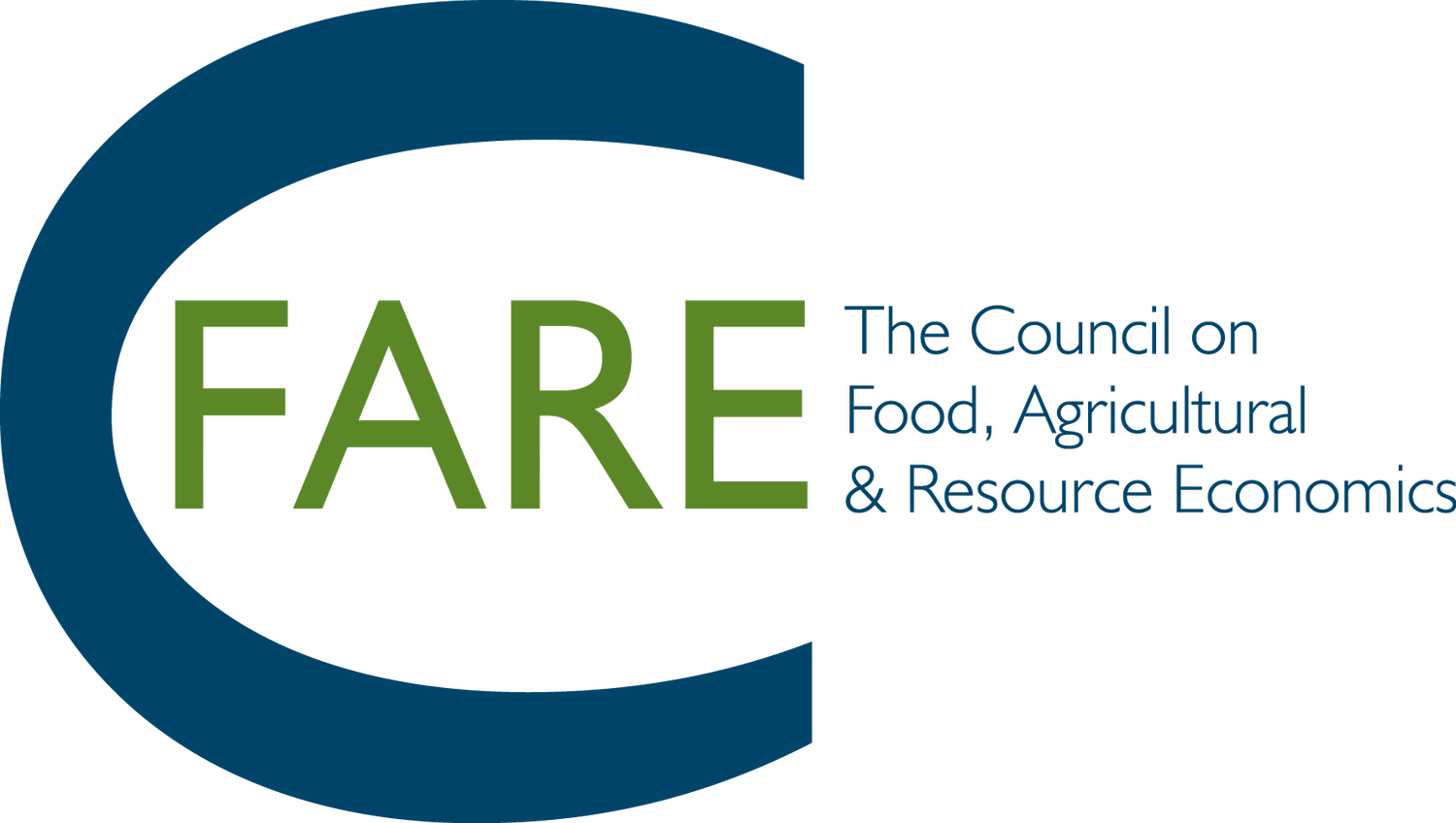A Market Update on Labeling of Bioengineered (BE) and Genetically Modified (GM) Foods in the United States
Market Corner by Jane Kolodinsky, C-FARE Board Member, University of Vermont
The National Bioengineered Food Disclosure Law (NBFDS) was passed by Congress in July of 2016 and the Standard was announced on December 20, 2018. The implementation date for all foods requiring the label was January 1, 2021. Bioengineered (BE) foods are more commonly known as GE, GM, or GMO but these are not equivalent under the labeling Standard. The Standard defined bioengineered foods as those that contain detectable genetic material that has been modified through certain lab techniques and cannot be created through conventional breeding or found in nature. GM and GMO foods are a much broader category of foods that include BE foods.
In 2015 and updated in 2019, the Food and Drug Administration (FDA) issued guidance on the voluntary labeling of foods not derived from GM plants. A voluntary label is permitted on foods that are derived from Bioengineering. These foods contain no detectable bioengineered material. Separate for guidance has been developed for GM Atlantic salmon.
Here we are at the end of 2022, the first full year of mandatory labeling. Here are some updates.
1. There is no information on how many foods carry the BE mandatory or voluntary label. That said, there is a list of foods that must carry the label if a product contains more than 5 percent of the ingredient: alfalfa, apple (ArcticTM varieties), canola, corn, eggplant (BARI Bt Begun varieties), papaya (ringspot virus‐resistant varieties), pineapple (pink flesh varieties), potato, salmon (AquAdvantage®), soybean, squash (summer), and sugar beet. This list will be updated periodically.
2. More than 60,000 products carry the voluntary Non‐GMO Project label. These products go through a certification process. Non-GMO project products do not contain any of the BE ingredients listed above. In addition, they do not contain ingredients derived from genetic engineering.
3.The definition of BE/GM differs for the “contains” mandatory label and the “does not contain” voluntary label.
4. A new purple tomato was approved in October, 2022. This tomato is genetically modified by placing two genes from snapdragons into tomato plants, which increase the concentration of anthocyanins associated with a number of health benefits. While news releases call these GM, they are not BE under the bioengineered standard and will not require mandatory labels. As the tomatoes do contain a possible health benefit, the little used voluntary BE disclosure may be employed as these tomatoes hit the retail shelves.
5. There ae several disclosure options for BE foods: text, symbol, electronic or digital link, and/or text message. Additional options such as a phone number or web address are available to small food manufacturers or for small and very small packages. In September, 2022, a U.S. District Court ruled that the QR codes are unlawful, and that USDA must instead add additional disclosure options to those foods.
For up to date information on mandatory BE disclosures and the largest voluntary non GMO labeling certifier see https://www.ams.usda.gov/rules-regulations/be and https://www.nongmoproject.org.

